Lake invaders: alien shellfish trouble Swiss waters
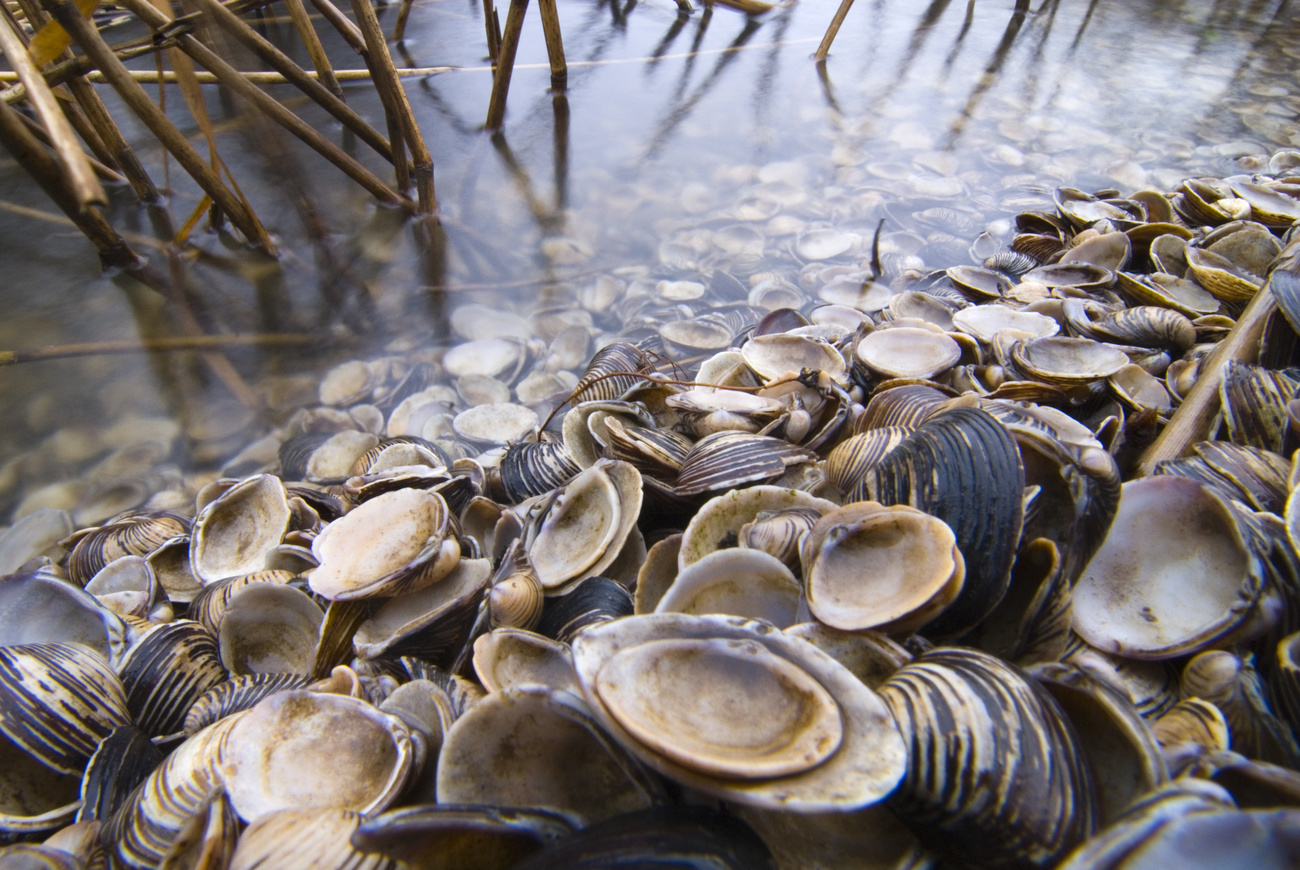
Switzerland may be landlocked, but that doesn’t keep foreign marine life from entering its rivers and lakes, and threatening local ecosystems and drinking water. Could eating them be part of the solution?
Chest-deep in Lake Biel near the Swiss capital Bern, I poke my toes around the sediment below me. Without goggles, the bottom is not clearly visible, so I use my foot to lift a sodden clump of sand to the surface. It dissolves in my hands, clouding the water as I clutch a small clam in shades of butterscotch and brown.
The bivalve in question is Corbicula fluminea, commonly known as the Asian clam. Originally from eastern Asia, it came to Europe via North America, likely in the ballast water from cargo ships. This small organism is having an outsized impact on Swiss waters because of the speed at which it feeds and breeds. Gobbling up the plankton that native species depend on, each clam releases about 350 larvae per day. After they die, their empty shells litter lake bottoms – destroying the natural habitat for fish and invertebrates that need to forage along a sandy or grassy floor.
Asian clams were first recorded in the River Rhine near Basel in 1997; now they’re widespread throughout Switzerland. The Swiss Federal Office for the Environment (FOEN) reports that this invasive species managed to spread upstream by hitching rides on vehicles like boats driven from lake to lake.
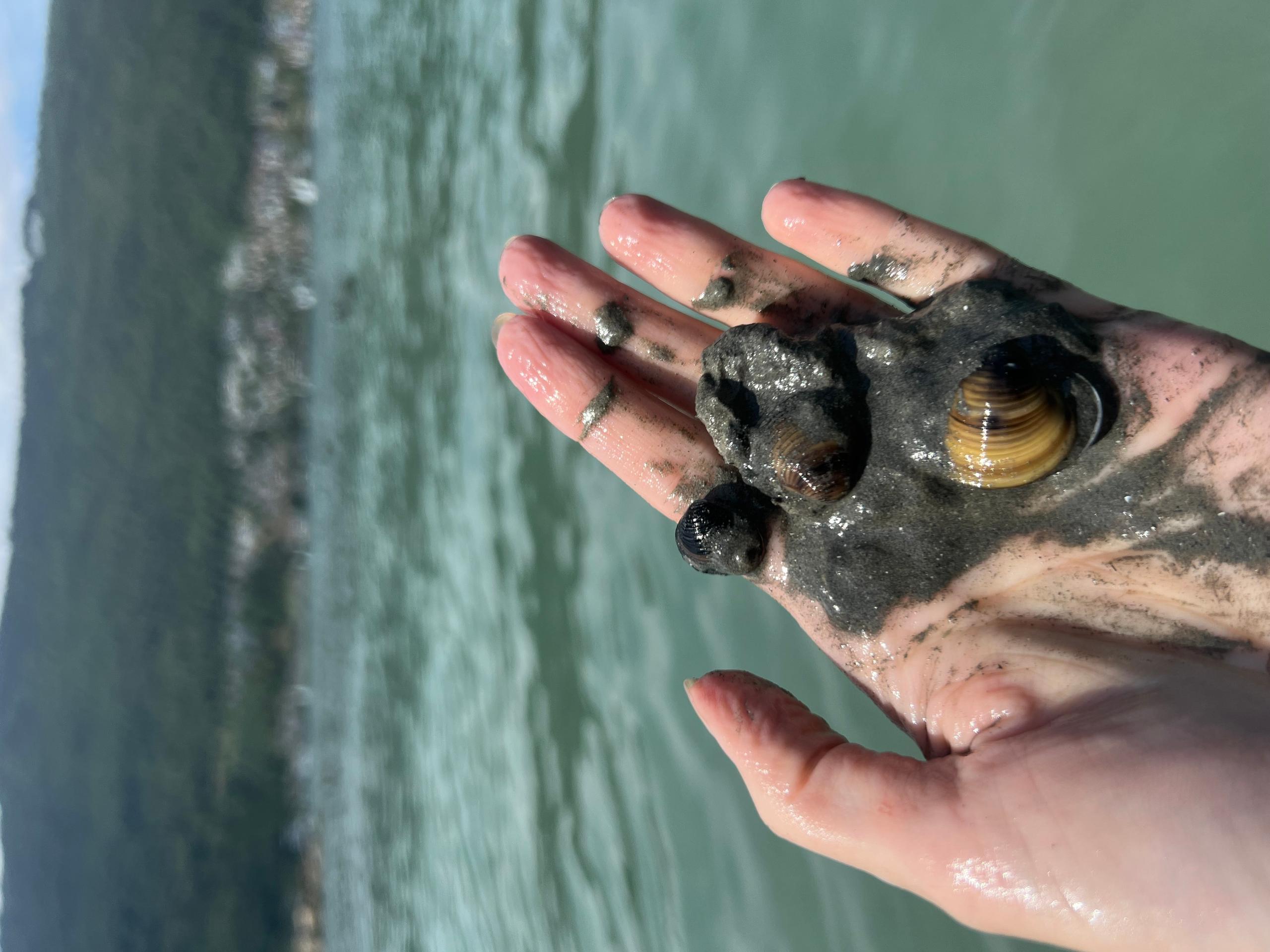
So far, regulations have not been able to prevent alien organisms from spreading and becoming invasive to their new habitats in Europe. In 2004, the International Maritime Organization adopted termsExternal link to control and manage ships’ ballast water. Nearly 20 years later, they are not yet in force. Within Europe, free trade and movement make it difficult if not impossible to stop the spread of invasive species.
Delegates at the UN Conference on Biological Diversity (COP15), which takes place in Montreal from December 5-17, are working on an internationally binding frameworkExternal link to prevent or reduce by 50% the introduction of invasive alien species and eradicate established species.
‘Like going to an alien place’
Asian clams are just one of several alien species troubling Swiss waters, says Jukka Jokela, an aquatic ecology professor at the Swiss federal technology institute ETH Zurich.
He started working on Lake Zurich in the late 1990s, and since then he’s seen two waves of invasions: killer shrimp and Asian clams. As a result, the fish populations are declining since the invaders are competing for the same food.
The killer shrimp is a particularly voracious predator. “I observed how one of the common snail species disappeared – probably the eggs and young snails got eaten,” says Jokela, noting that the shrimp hasn’t been studied as thoroughly as the impact of filter-feeding species like the Asian clam, which gobbles up native zooplankton that whitefish rely on.
“It’s a ginormous problem, and a completely different ecosystem than it used to be,” says Jokela of Lake Zurich.
Then there’s the quagga mussel, which has been found in the lakes of Biel, Constance, Geneva and Neuchâtel and whose economic damage potential is greater than that of the Asian and zebra mussels, according to the federal environment office FOEN. The quagga mussel also settles in greater lake depths, where intake pipes are installed to produce drinking water. The mussels quickly clog up the pipes.
“Cleaning these installations can be very expensive,” says Marie-Sophie Renevier, scientific collaborator at FOEN’s section for water quality. On a global level, the Convention on Biological Diversity estimates the direct economic costs of alien species amount to hundreds of billions of dollars per year.
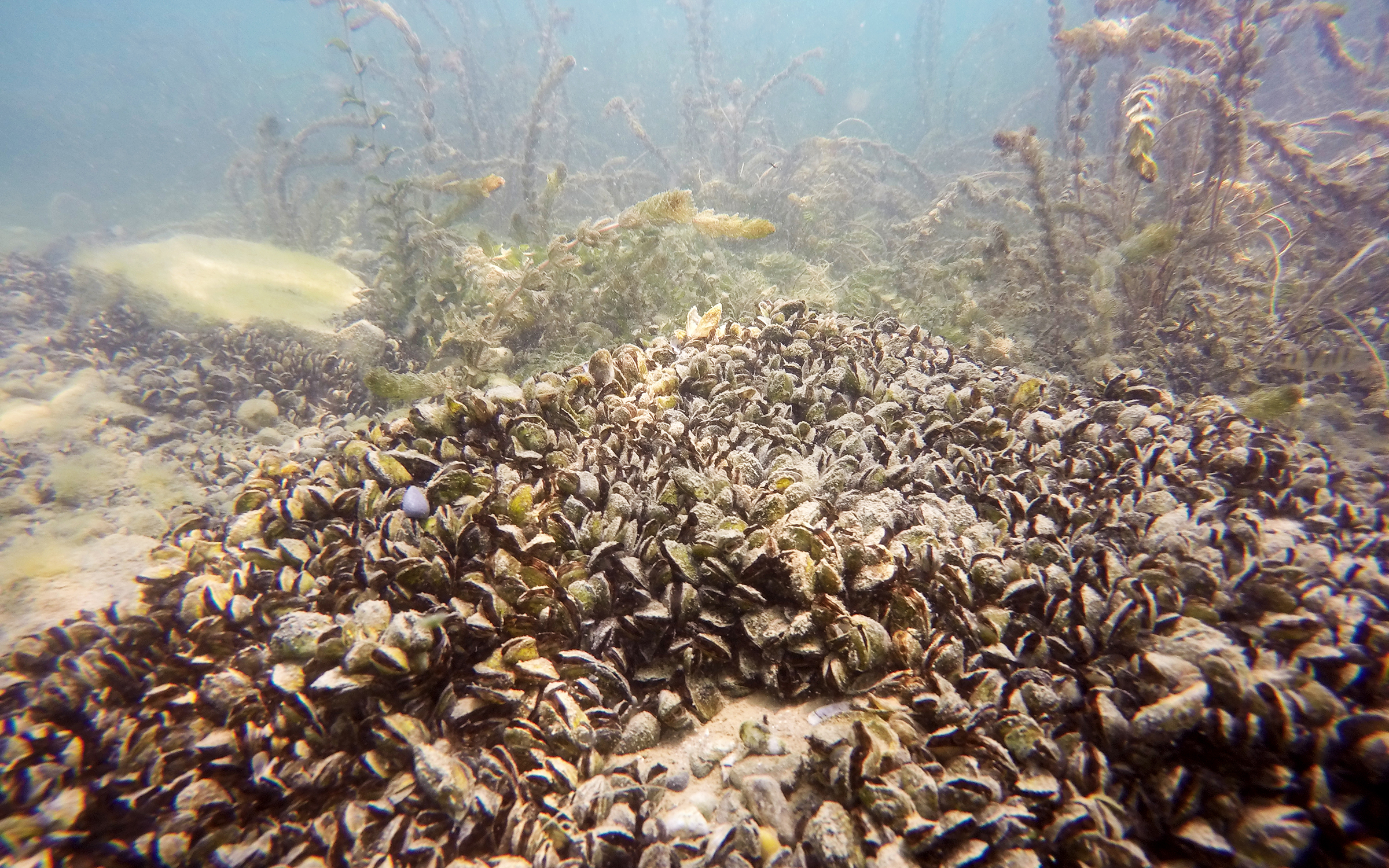
More
Invasive quagga mussel could profoundly change Swiss lakes
To prevent the spread of quagga mussels, FOEN has recommended that the cantonal authorities inform their local fishing, sport and boat-building clubs as well as provide boat-washing facilities. Experience from the US shows that once the quagga mussel has become established in a body of water, there is no economically feasible method of eradicating it, and poisoning it with slug pellets can harm other wildlife.
Biologist Jokela reckons that many people are unaware of the problem because it’s not obvious from the water’s edge or surface.
“Imagine if our deciduous forests had nothing but one species of moss and no other green plants. That is the magnitude of change we are seeing in the lakes,” he says, confessing that for him, personally, “it’s not so much fun to get in the water anymore because it’s like going into an alien place.”
Edible enemy
Yet some view the uninvited guests as a business opportunity. The introduction of the species to North America is usually attributed to Chinese immigrants who used Asian clams as food, according to a 2016 reportExternal link from FOEN. Now, a Zurich firm is harvesting Asian clams and selling them to a seafood dealer. The striped clams eventually end up in dishes served at high-end restaurants.
I mention to Jokela my intention to make a lunch reservation.
“You don’t need to go to a restaurant, just go grab a few and make pasta vongole,” he suggests, having harvested and cooked the clams himself. Which is how I ended up at Lake Biel, where I’d heard that the Asian clams had begun to spread. My attempt to gather enough for dinner took some patience. That first clam was beginner’s luck followed by many handfuls of sand and empty shells. Waterfowl floated past, appearing to wink at me, either in solidarity or mockery. After 45 minutes of persistent digging, my primitive method yielded 30 intact clams.
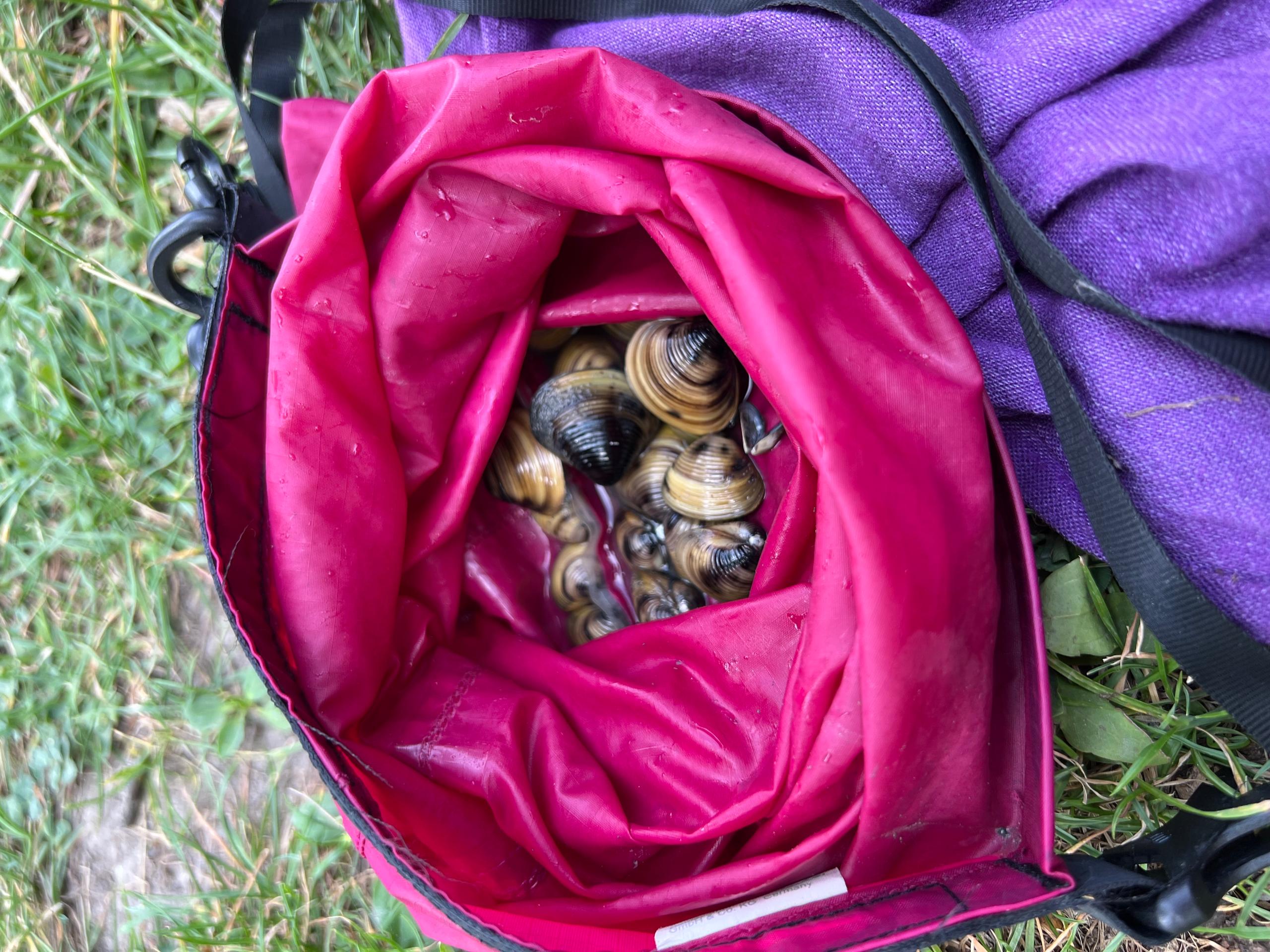
Back at home, I soaked them to filter out the sand before sautéing them in butter and half an onion. One by one, they snapped open with soft popping noises – offering tiny and tender morsels of local freshwater seafood. Only 24 opened; the others clammed up. As Jokela had warned me, the taste was a tad bland compared to saltwater clams. Still, the forager in me would love to try it again somewhere with a bigger population of these lake invaders.
Eradication options
Despite my enthusiasm, Jokela remains unconvinced. “I don’t think Europeans would eat them because they’re quite small, but you could grind them up for biomass and it would be similar to fish powder,” he suggests. However, he says that would be expensive and disruptive to “what’s left of” the ecosystem. He believes a better way to get rid of Asian clams would be targeted biological control methods to make them infertile.
For example, trials are underway in the US to eliminate invasive brook trout by introducing males specially bred with two Y chromosomes who can father only male spawn. The New Zealand government is also exploring genetic tools to exterminate predatory non-native mammals like rats and stoats.
With the right method, the invaders could slowly be eradicated from Swiss waters to make way for native species like whitefish and lake trout again. “We would have lost a bunch of biodiversity, but over the years we could have native communities in place again,” Jokela says.
N.B.: Raw and undercooked shellfish can make you sick. Do take care if trying this at home, and inform yourself about the local water quality, as mollusks filter both water and pollutants.
You can contact the author via email or reach out on TwitterExternal link.
Edited by Sabrina Weiss
More
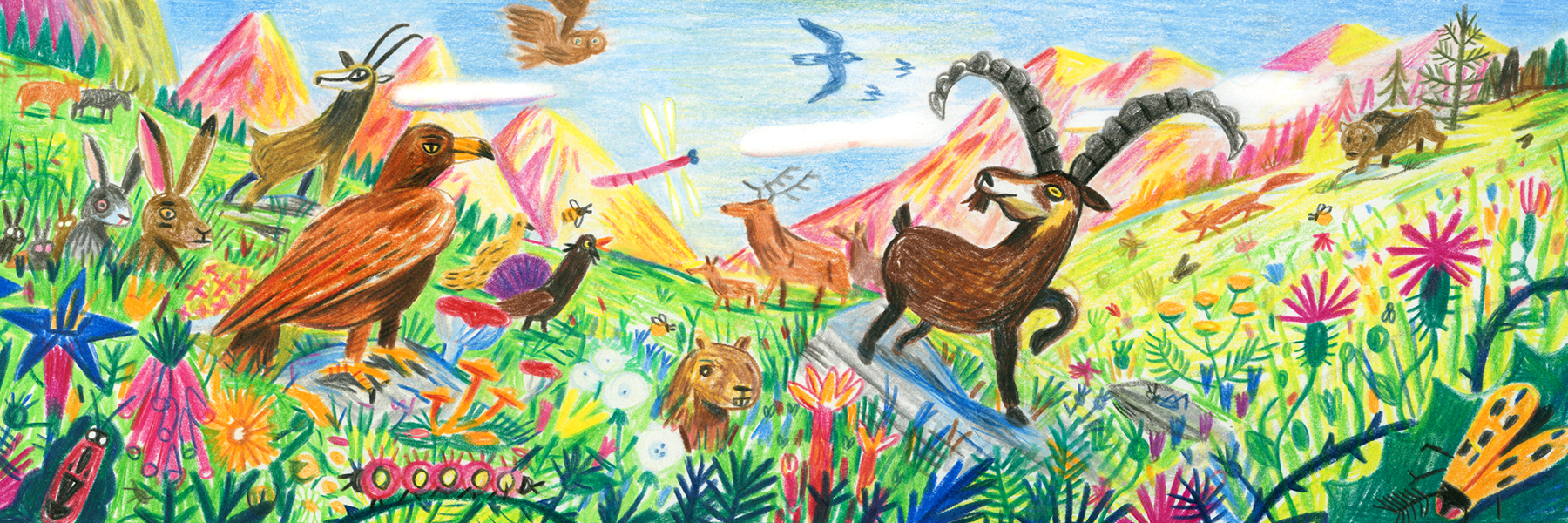
More
The Swiss Alps are beautiful, but are they biodiverse?

In compliance with the JTI standards
More: SWI swissinfo.ch certified by the Journalism Trust Initiative

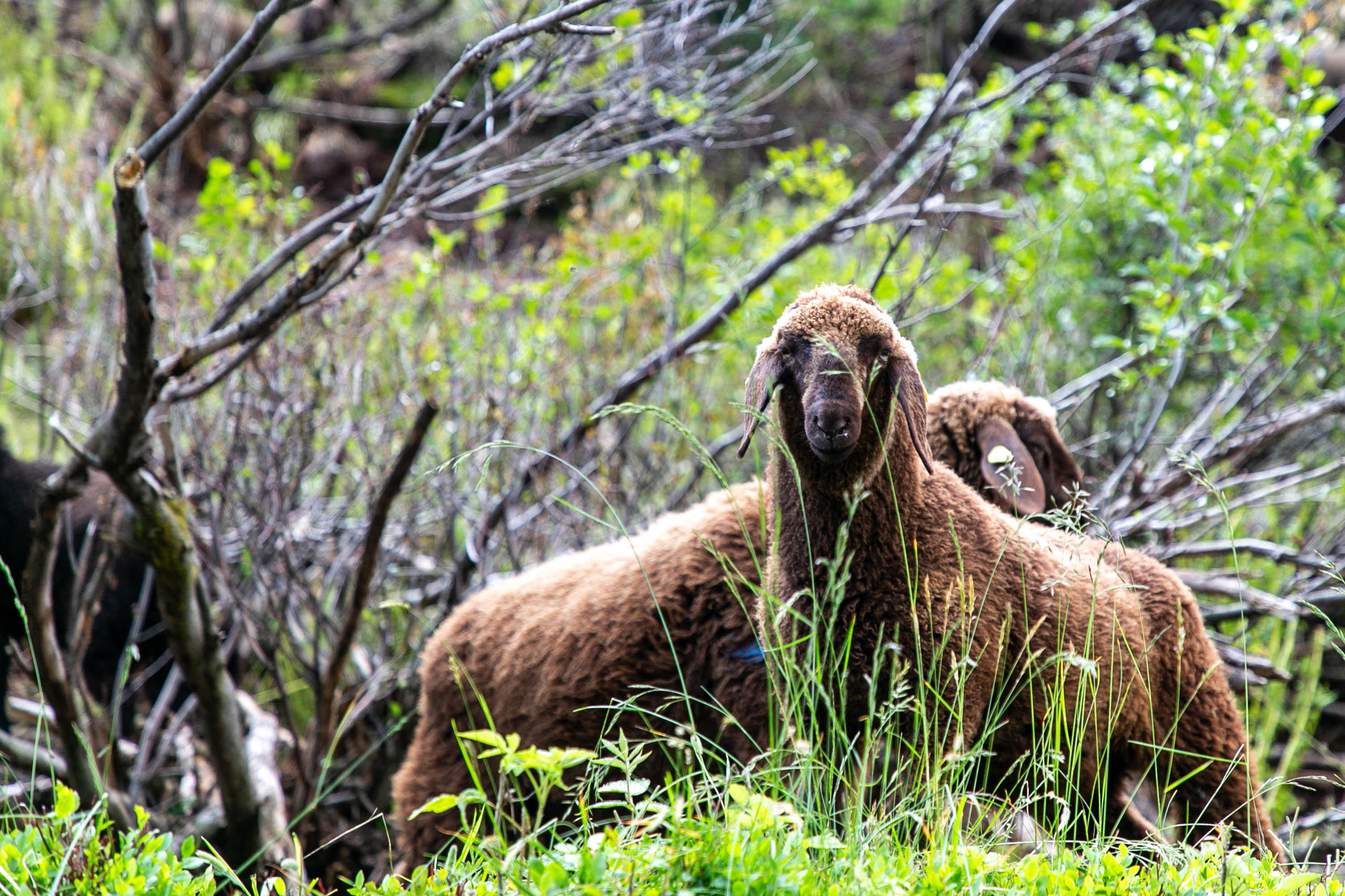
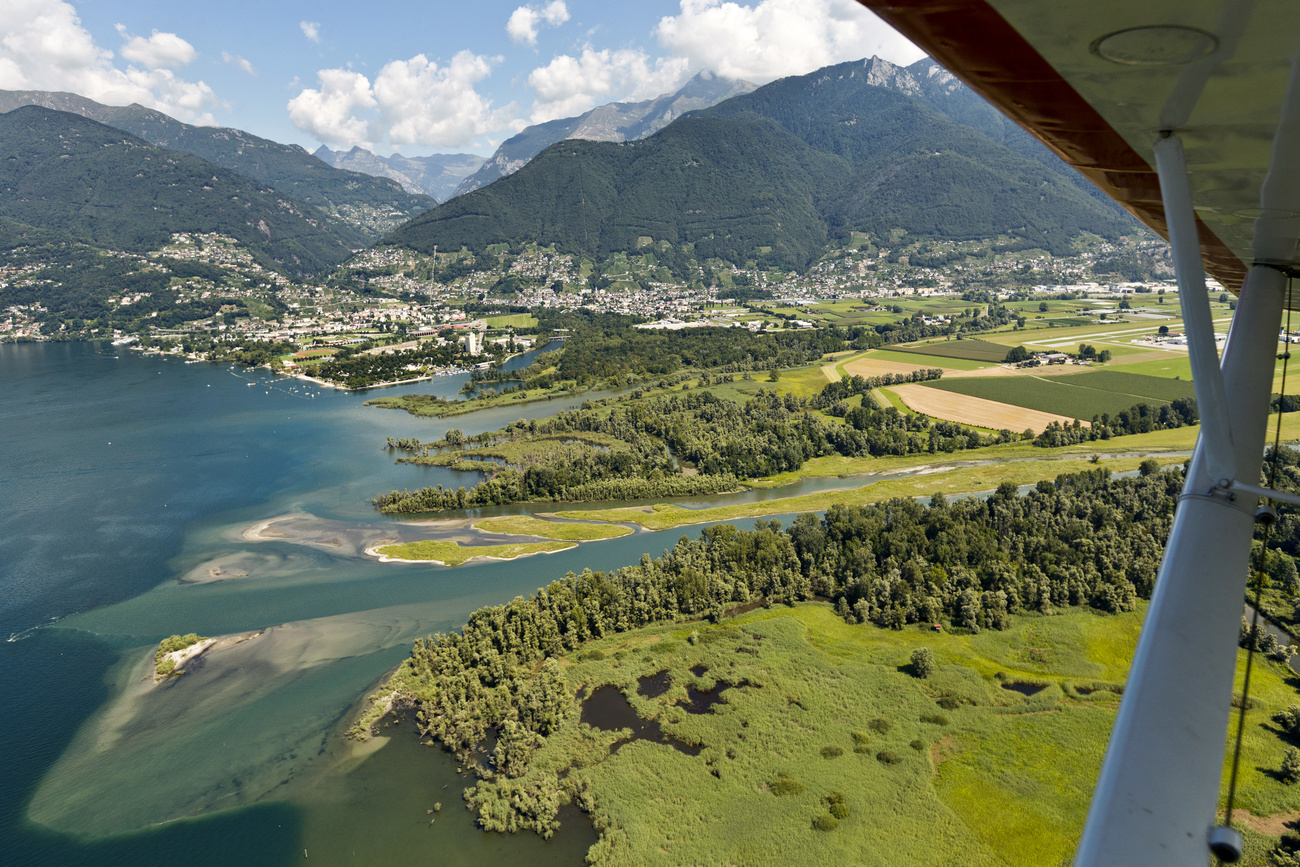

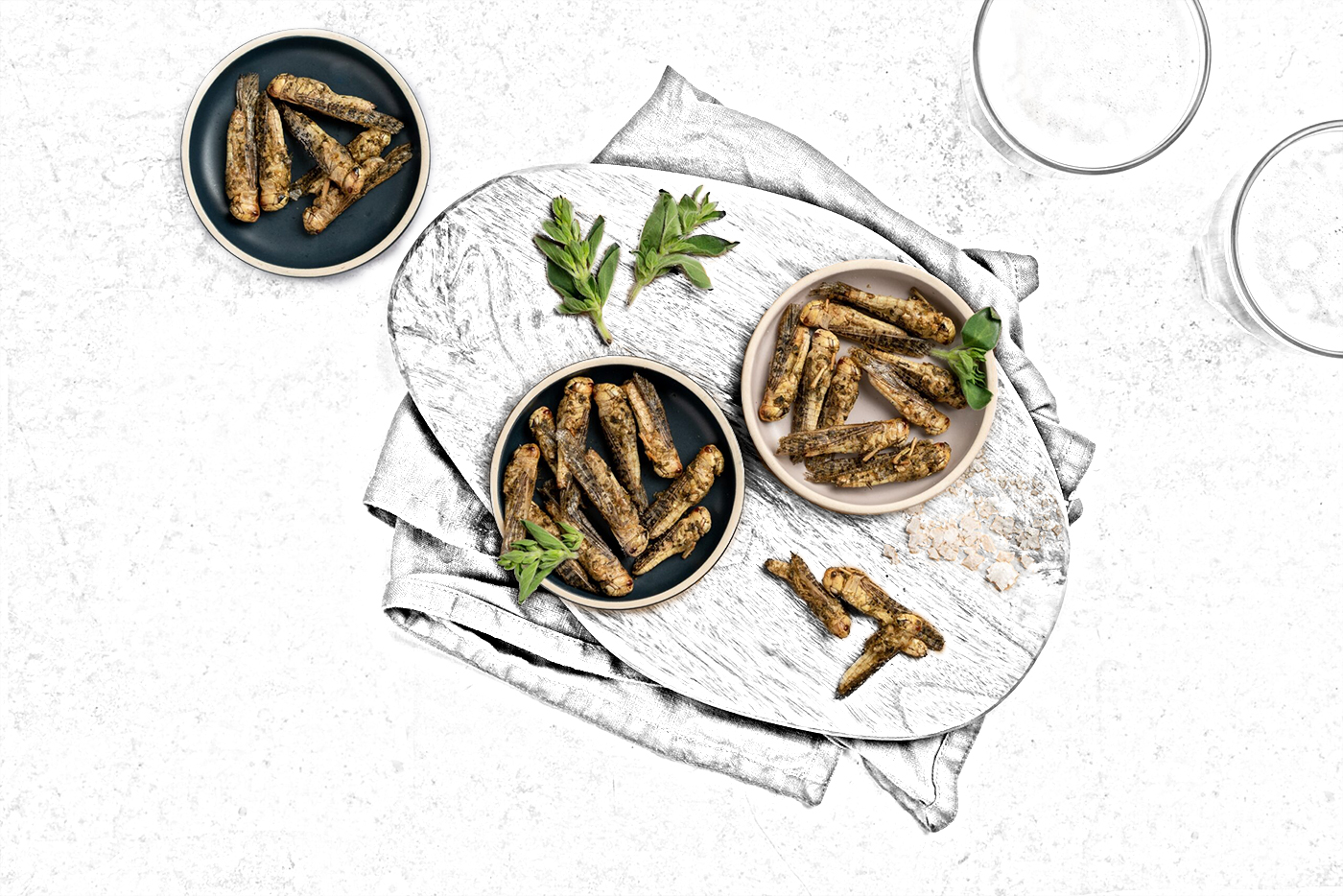
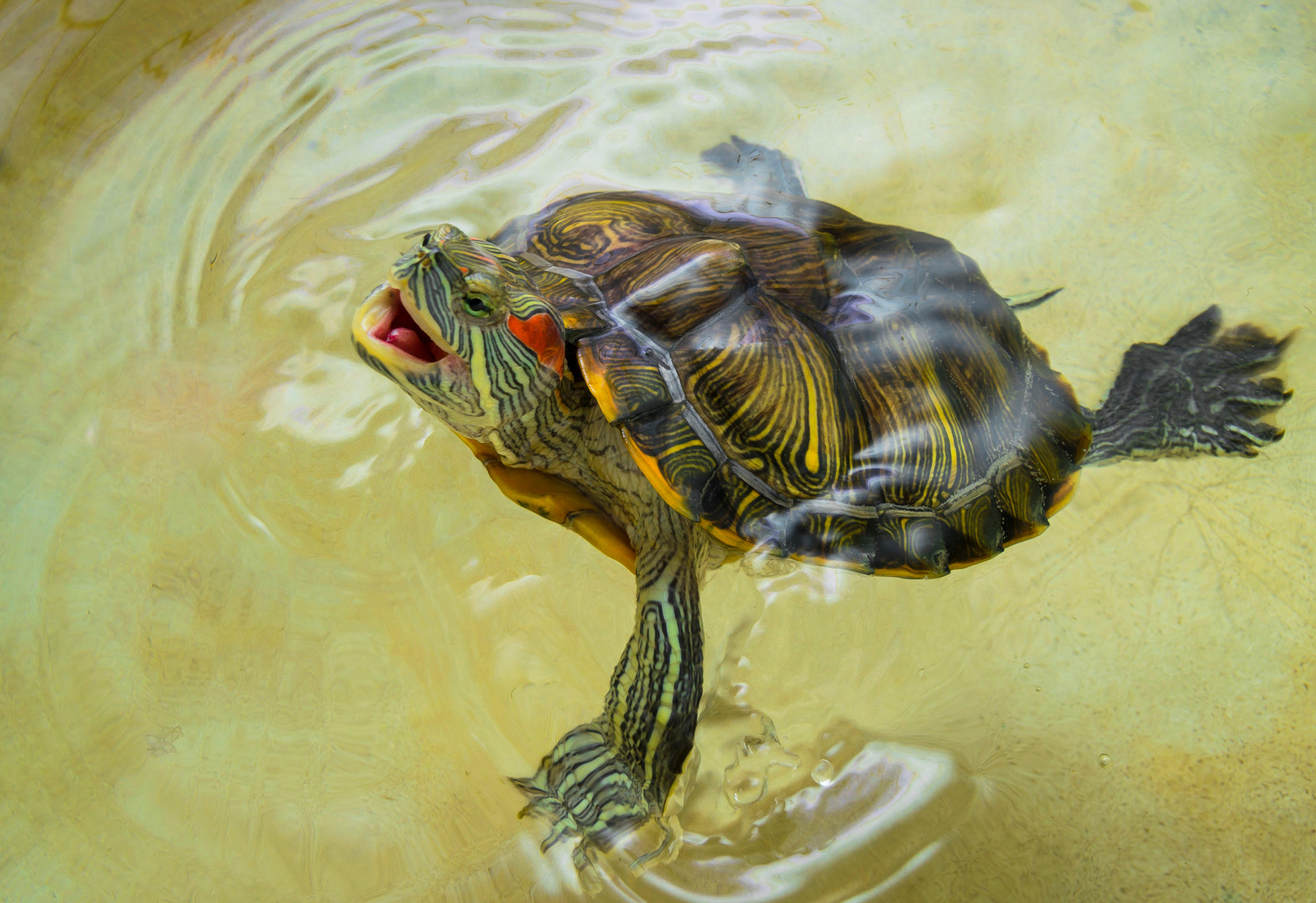
You can find an overview of ongoing debates with our journalists here. Please join us!
If you want to start a conversation about a topic raised in this article or want to report factual errors, email us at english@swissinfo.ch.